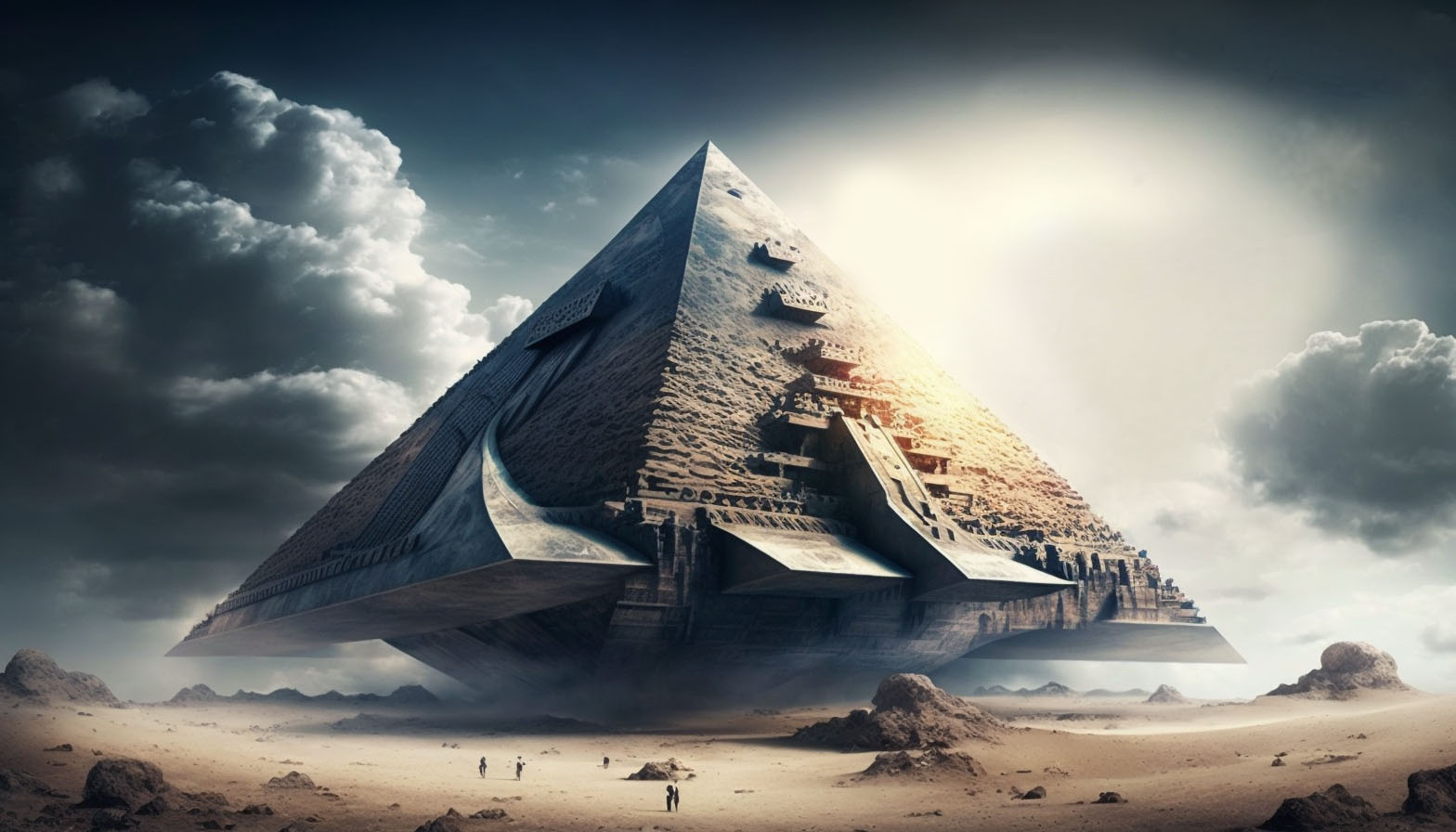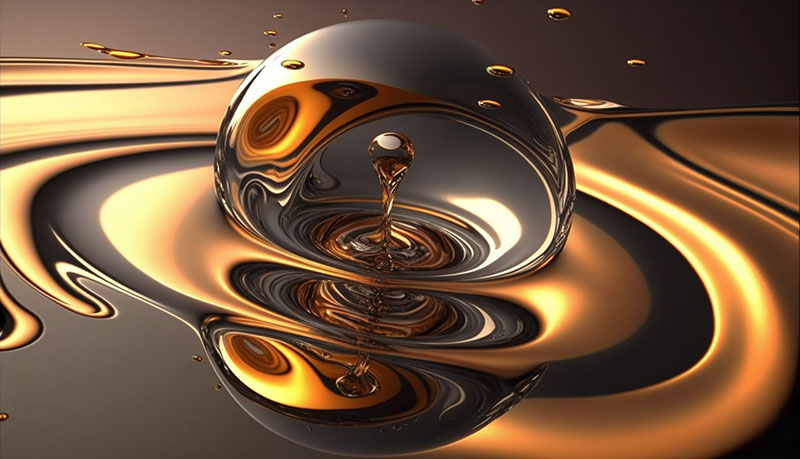In alchemy, mercury was considered one of the fundamental elements, along with sulfur and salt, and it was believed to possess mystical properties that could transform base metals into gold. Alchemists associated mercury with the planet Mercury and saw it as a symbol of communication and commerce. In this context, they believed that the metal had the power to bridge the gap between the material and spiritual realms.
Mercury was also used in traditional medicine for its supposed therapeutic properties. The metal was believed to have the ability to purify the body and mind, and it was used to treat a wide range of ailments, including skin conditions, digestive disorders, and mental illness. In some cultures, mercury was also believed to have supernatural powers and was used in spiritual practices and rituals.
Despite its historical and cultural significance, mercury is highly toxic, and exposure to the metal can cause serious health problems, including kidney damage, neurological disorders, and death. As a result, the use of mercury in medicine and other applications has declined over the years, and today it is mainly used in thermometers, fluorescent light bulbs, and batteries.
Despite the dangers associated with mercury, the metal remains a source of fascination for many people, and its mystique continues to grow. Some believe that the metal has the power to evoke spiritual experiences and connect people to the divine, while others see it as a symbol of transformation and rebirth.

Some have also speculated that it was used as a preserving agent for the emperor's body or as a means of creating a sort of afterlife illusion. However, these are only theories, and the true purpose of the mercury in the tomb remains a mystery. The fact that the tomb has never been fully excavated, due to concerns about damaging its delicate contents, also adds to the air of mystery surrounding the use of liquid mercury in this context.
Regardless of its purpose, the presence of mercury in the tomb of Qin Shi Huang highlights the importance of this element in ancient Chinese culture and the role it played in religious and ritualistic practices.
Meanwhile, halfway across the globe, Mexican archaeologist Sergio Gómez discovered large quantities of liquid mercury in a chamber below the Pyramid of the Feathered Serpent in Teotihuacan, a ruined city in central Mexico. He spent six years excavating the tunnel, which was unsealed in 2003 after being sealed for 1,800 years, and found three chambers at the end of the tunnel, almost sixty feet below the temple.
At the entrance of the chambers, he found strange artefacts including jade statues, jaguar remains, a box filled with carved shells and rubber balls, and most intriguingly, the remnants of a vast reservoir of liquid mercury. The liquid mercury, which is toxic and has no apparent practical purpose for ancient Mesoamericans, may suggest the existence of a king's tomb or a ritual chamber and symbolize an underworld river or lake.
The discovery of liquid mercury at other sites and the fascination ancient people had with scintillation suggest that the liquid mercury may have been regarded as "somewhat magical" and used for ritual purposes.

Proponents of this theory suggest that the Vimanas were powered by liquid mercury, which was said to have been used as a reaction mass for their propulsion systems. This idea is based on the Hindu belief that liquid mercury was a highly prized substance, referred to as "rasa," which was said to have had mystical and supernatural properties.
Some researchers suggest that this rasa was actually mercury and that it was used in Vimana technology because of its unique properties, such as its ability to exist as a liquid and a metal at room temperature, as well as its high conductivity. However, there is no scientific evidence to support these claims, and the use of liquid mercury as a power source for Vimanas remains purely speculative. Nevertheless, the idea of Vimanas powered by liquid mercury continues to captivate the imagination of many, and remains an intriguing aspect of Hindu mythology and ancient astronaut theory.
Some, who take the Hindu texts at face value, have gone on to suggest that in certain conditions, liquid mercury could be used to produce anti-gravity. The concept of using liquid mercury to produce anti-gravity is a novel and speculative idea. The theory suggests that high-speed spinning of liquid mercury within a magnetic field could result in stable levitation. While this idea is not widely accepted or supported by mainstream science, it remains a topic of interest for some researchers. Further studies and experiments are necessary to determine the validity of this theory and its potential applications.
Regardless of the fact or fiction of these theories, liquid mercury remains a unique and mystical element that has captured the imagination of people for centuries. From its use in alchemy and medicine, to its symbolic significance in spirituality, the metal continues to evoke fascination and awe. Despite its toxicity, the mystery and allure of mercury will likely continue to inspire people for generations to come.
Related Articles...

New Evidence 'Confirms' Giant Structures Beneath Pyramid

Huge Undersea Wall Dating from 5000 BC Found in France

Possible 'Secret Doorway' Found in Ancient Egyptian Pyramid

Grieving Mother Sends 'Cursed' Pyramid Piece Back to Egypt

Ancient Pyramid Discovered During Roadwork in Mexico

Stone Age 'Atlantis' Found 8,500 Years after Being Lost at Sea

